#history of crusade
Text
The Sultan, they said, was a good man. Soft, quickly moved to tears. Out of compassion, he bought the freedom of a Christian woman's stolen daughter. Even Walther von der Vogelweide, the minnesinger in distant Germany, praised the "mildness" of the powerful ruler in the Orient, whose name has a good reputation in the West: Saladin, a righteous man.
He was a man who always kept his word, even to his enemies.
He let his subjects drag him to court, because God's laws applied equally to everyone. Also for him, the ruler who managed to do what no one had ever managed before: to unite the Islamic world of the Middle East after centuries of discord and to wrest Jerusalem, the holy city of the Muslims, from the Christians in 1187.
His name translates as "righteousness of faith", and Saladin is indeed a devout Muslim. Nevertheless, after his conquest of the Holy Land, he allowed the Christians and Jews there to continue praying to their God. This is another reason why, more than half a millennium later, Western Enlightenment thinkers would make him the epitome of the tolerant ruler.
But this al-Malik an-Nasir Salah ad-Din Abu'l-Muzaffer Yusuf ibn Ayyub ibn Shadi, known as Saladin for short, also had other sides.
He could be treacherous, vile and mean. He did not shy away from murder. Nevertheless, this man fascinated his contemporaries. He became one of the most revered rulers of the Islamic world and the most important opponent of the Crusaders.
Saladin was born in 1138 in Tikrit (in present-day Iraq), the son of a Kurdish officer. During his political career, Saladin was the first to bring Egypt's army under his control.
Saladin, a Sunni, now founds two universities where theology is taught according to Sunni theology - a signal that he is on the side of the population. He also abolished a number of taxes that contradicted the Koran and the teachings of the Prophet.
Saladin's subsequent conquests shock the Christian world. By 1174, his power extended from North Africa to the southern tip of the Arabian Peninsula. In 1186, he ruled from the Nile to the Tigris.
At the height of his power, the Sultan even dreamed of taking the Holy War to Europe, conquering Rome - and putting the Pope in chains.
The Crusaders conquered Jerusalem in 1099 and held it until Saladin besieged it in 1187 and handed it over to the Ayyubid dynasty, a Muslim sultanate that ruled the Middle East at the beginning of the 12th century.
Saladin wanted to recapture the city, which had previously been ruled by Muslims.
For Muslims, Jerusalem is a place where important events in the life of Jesus and other important personalities took place. It is also the place where the Prophet Mohammed ascended to heaven according to the traditional interpretation of the Koran and other texts.
In Sunni Islam, Jerusalem is the third holiest city after Mecca and Medina. Muslims believe that Muhammad was brought to Jerusalem during his night journey (Isra and Mi'raj).
The name Jesus is mentioned twenty-five times in the Holy Qur'an, often in the form 'Isa ibn Maryam, which means "Jesus, son of Mary". In the Quran, he is given the unique title "Messiah" (al-masih in Arabic), which means "anointed one". He is considered one of many prophets from the lineage of the Prophet Ibrahim, or Abraham (peace be upon him). Many Muslim traditions regard it as an ideal example of spirituality. Unlike Christians, who generally believe in a triune God, Muslims believe that Jesus was a great prophet who was to lead mankind on the straight path of monotheism and obedience to God (Allah).
When Jerusalem also fell, two kings and an emperor set off for the Holy Land with their armies from 1189 onwards. One of the monarchs is King Richard I of England. Even before the armed pilgrimage, he had already earned himself an honourable name: "Lionheart."
Saladin lies in wait for the Christians in the forests of Arsuf near the Mediterranean coast. But King Richard of England had anticipated the attack; on 7 September 1191, his troops won a clear victory. Nevertheless, the Muslim army is still strong enough to block the road to Jerusalem.
Saladin's reconquest of Jerusalem in 1187 prompted Pope Gregory VIII to organize the Third Crusade. From 1189 to 1192, Saladin lost Acre and Jaffa and was defeated in the field at Arsūf. The Crusaders retreated to Europe without seizing Jerusalem, but Saladin's military reputation had been damaged. He died in 1193.
#learn about history#studyblr#religion#religious studies#crusaders#history#oriental#history of crusade#Saladin#king baldwin iv#kingdom of heaven#history of Jerusalem#Islam#christianity#history of Religion#teaching#books#booklr
56 notes
·
View notes
Text

Crusaders Sighting Jerusalem by Edwin Austin Abbey
#edwin austin abbey#art#crusaders#jerusalem#crusades#crusader#crusade#medieval#middle ages#mediaeval#knights#knight#chivalry#history#christianity#christian#christendom#religion#religious#swords#sword#europe#chain mail#armour#european#shield#flag#standard#helmet
556 notes
·
View notes
Text
"noo but this time it's different! Our antisemitism is morally justified! We really do have a good reason to hate the jews!" - every antisemic person at any point in history.
#Israel#Antisemitism#i/p conflict#Oh? You think that because you use the word 'zionist' you suddenly magically have the moral high ground?#You think that everyone else who hated jews did it wrong but you?#You think that if you twist history and current events instead of science or religion to fit your world view then you are any better?#Give me a break#The future will remember you as just another enemy the Jewish people had to deal with#People will think of you like they think of crusaders or nazis#But hey many of you say that Hitler was right#So I don't think you would mind being packed with the nazis
536 notes
·
View notes
Text
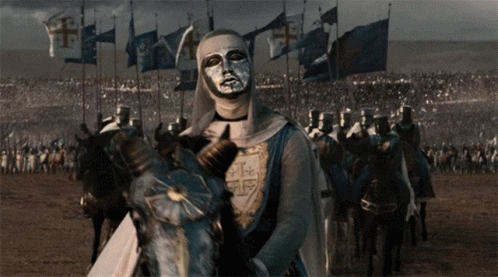
"Young Baldwin seems to have possessed a naturally strong constitution, and he was also gifted with undeniable qualities of character and a strong, lively intelligence. William of Tyre, who was his tutor, says that 'in his childhood he was very handsome, with a quick and open mind, and he rode very well, better than his forebears had done.' 'Never forgetting an injury, and still less a kindness,' he had 'a retentive memory, was well educated with an excellent memory for tales and a fondness for telling them.'
The child must have realized very early that his disease was incurable, and his reaction shows great strength of character. He wanted to forget and make everyone else forget, right up to the end, that he was sick. But by the time King Amalric died, young Baldwin's disease had made such progress that it was already beginning to show, and 'the people of the kingdom felt great grief when they looked at him.'
From 1175 onward, the regent and the barons of Jerusalem were able to count on an unexpected ally, and a more valuable one than might have at first been thought. At fourteen years the young King Baldwin emerged as an intrepid fighter, capable of leading his troops into battle and later on of commanding them personally in the field. He was seen at the side of the constable and the Count of Tripoli, riding at the head of his troops and taking part in raids and diversionary campaigns [...]. At the time the King was still too young to actually command his army, and his principal function was as a symbol and an inspiration for his men. They were all happier marching under command of their lawful King. Young though he was, he was like the flag, to be protected and followed through the thickest of the fight, and he was not afraid of personal danger. [...]
When he came to the throne, he had [...] been a leper for ten years, and although the disease did not begin to make rapid strides until puberty, it must, even in early adolescence, have weakened and exhausted him. It is unlikely that anyone would have dared to reproach him had he wished to consider himself an invalid, yet he behaved as though he were perfectly well.
He had been educated, as became a prince, by knights and masters of arms and also by churchmen [...], and these had not failed to teach him patience and prepare him for the harsh trial that was to be his life, and to arouse in him a sense of duty and pride in being, despite his infirmity, King of Jerusalem and Defender of the Holy Sepulcher. Whether as a result of education or temperament, Baldwin IV seems to have had little inclination to self-pity. The young King overcame his illness with all the determination of an adolescent who knows he is physically weak and is bent on proving to everyone, himself included, that he can equal and even surpass others. He may have been a king who had the misfortune to be a leper, but he was also a leper lucky enough to be a king.
He loved power because it was all life had to offer him, and he very early evinced a wish to govern by himself, and would not tolerate disobedience. A temperament of this kind can easily degenerate into tyranny and capriciousness in one so young, but Baldwin IV had a lively and precociously mature mind, and was sincerely concerned to do his best for the good of the kingdom; and this right up to the time when his sufferings began to drive him out of his mind. [...] Up to the last moment he wanted to be a king and a general, and he wanted to be obeyed. It was his way of clinging to life, and he was a terrible fighter."
- Zoé Oldenbourg, The Crusades (1966)
#i have been reading old books again and oldenbourg's unabashed baldwin fangirling is too delicious not to share#like girl you're supposed to be writing a history book not fanfiction#baldwin iv#historiography#kingdom of heaven 2005#crusades#zoe oldenbourg
187 notes
·
View notes
Text

A kneeling knight with his horse before setting off on the crusades. His servant is leaning over the turret with his masters helmet.
Source
549 notes
·
View notes
Text
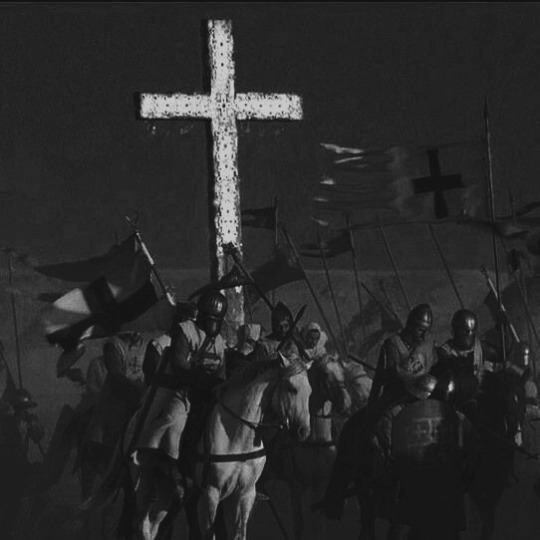


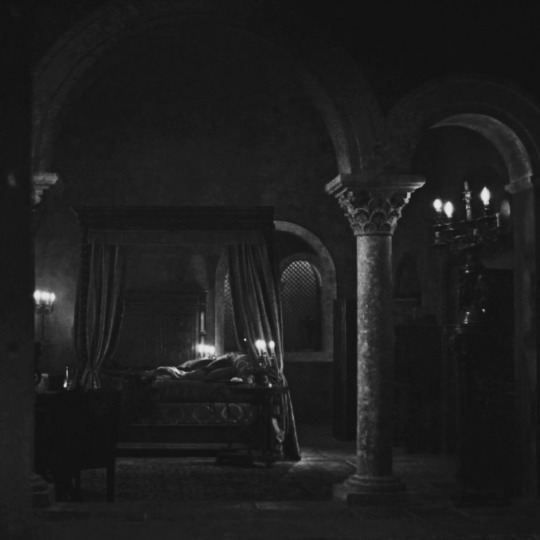

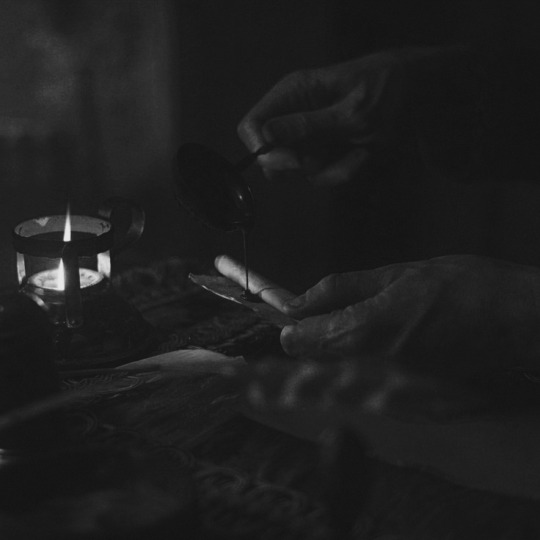



Baldwin of Jerusalem.
#baldwin iv#baldwin of jerusalem#kingdom of heaven#king#king aesthetic#christianity#crusader#history#christian#the leper king
100 notes
·
View notes
Text

#history#historical#jerusalem#crusader kings 3#crusader kings iii#crusades#knights#knight#knightcore#arms and armor#armour#varangian#knights templar#knights of the round table#kingdom of heaven#kingdom of jerusalem#middle east#levant#christianity#jesus christ#meme#human history#anthropology#cultures#history tag#history memes
78 notes
·
View notes
Text
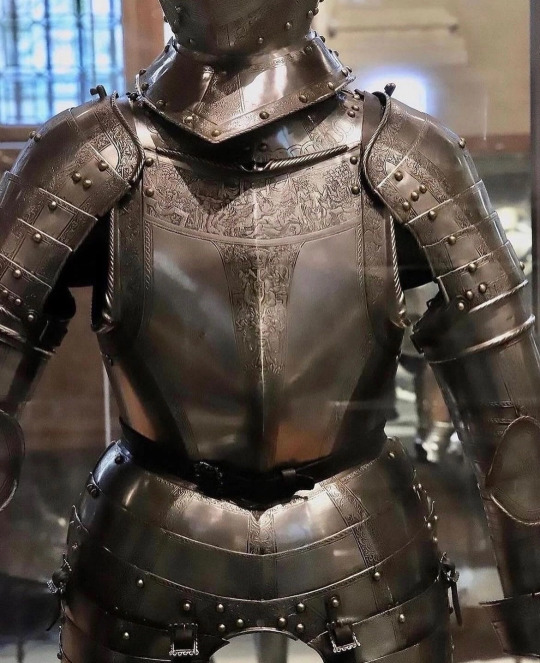
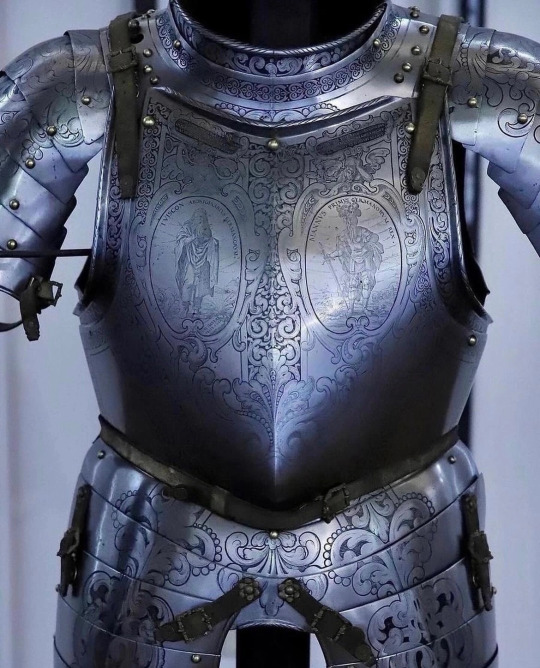
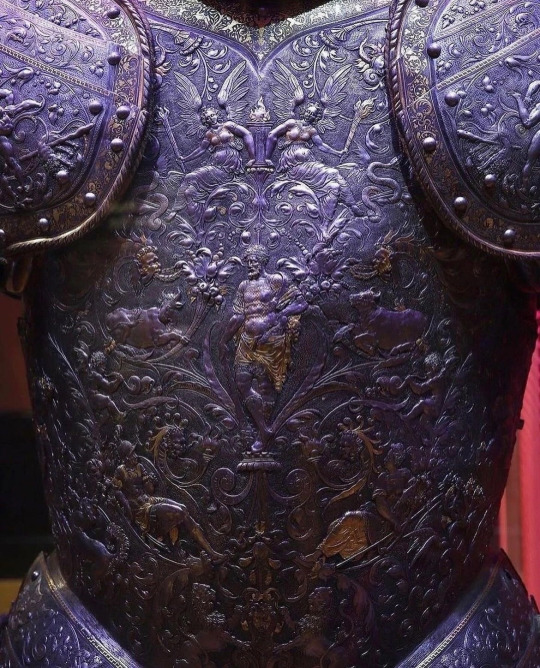


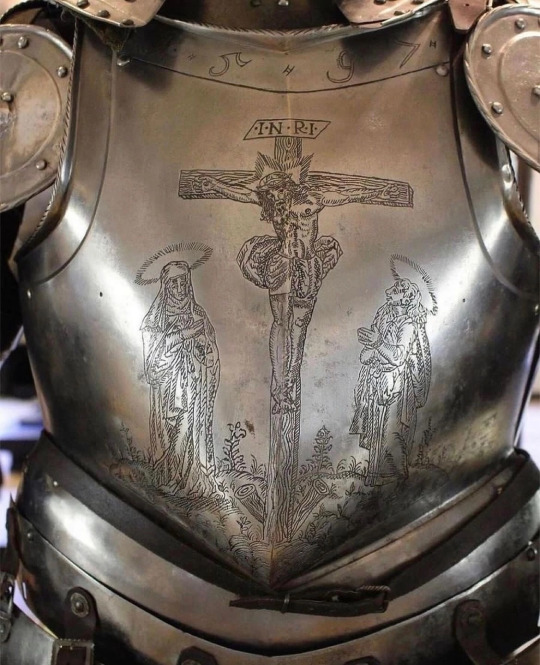
𝙱𝚎 𝚙𝚛𝚎𝚙𝚊𝚛𝚎𝚍:
16𝚝𝚑 𝚌𝚎𝚗𝚝𝚞𝚛𝚢 𝚔𝚗𝚒𝚐𝚑𝚝𝚜 𝚊𝚛𝚖𝚘𝚛 ⚔️ 🗡️ ✝️ ☮️
20202020 𝚋𝚢 𝚄𝚗𝚑𝚘𝚕𝚢
@bigbonzo
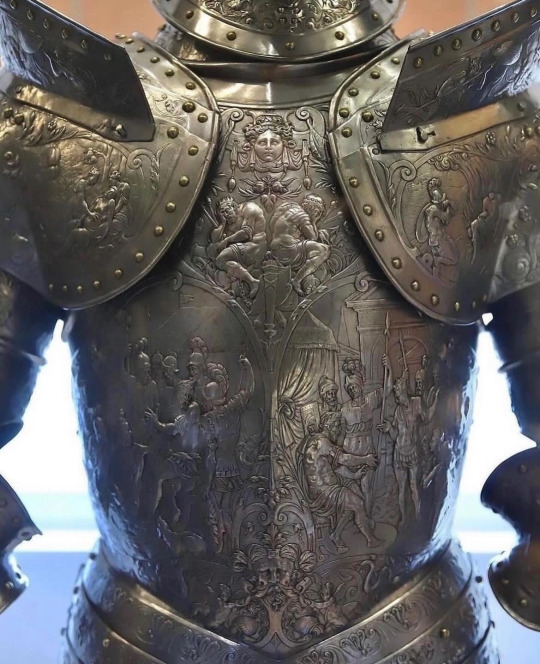
#fucking favorite#16th century#knights armor#knights#armor#be prepared#3/2024#history#historialex#fashion#Metal#im already against next war#vintage#Museum#kreuzzug#crusade#x-heesy#now playing#music and art#Metal armor#⚔️#🗡️#☮️#✝️#✝️umblr#religion is a mental illness
57 notes
·
View notes
Text
Anna Komnene, Princess and Historian
Anna Komnene is one of our only sources on the First Crusade from the Byzantine perspective. She was a Byzantine princess, historian, and intellectual. Read more about her life here! #history #crusades #womenshistory #AnnaKomnene #historian #writer
“For even the greatest of deeds, if not haply preserved in written words and handed down to remembrance, become extinguished in the obscurity of silence”
-Preface, The Alexiad
Anna Komnene is one of the first female historians and one of the most valuable primary sources of the Middle Ages. Her written account of her father’s reign, The Alexiad, is our only source of the First Crusade from a…
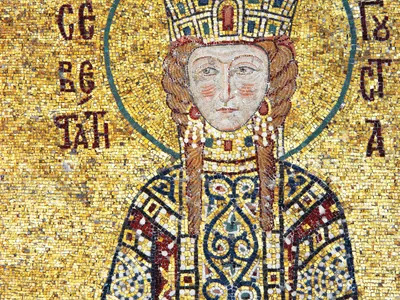
View On WordPress
#11th century#Alexiad#Alexios I#Anna Komnene#biography#blog#Byzantine#Byzantine Empire#classics#crusades#first crusade#Greek#Greek classics#Greek history#historian#history#history blog#history writing#Homer#Iliad#medieval history#princess#women&039;s history
84 notes
·
View notes
Text
What is a Templar? (Or: The Knightly Orders of the Crusades)

(Well, only kinda. But let me explain.)
Something that has surprised me ever since I have entered the Castlevania fandom is the fact, that people do not know what the heraldry of the Knights Templar is. People know they existed, but even with them showing up in a lot of English language media (especially treasure hunting adventure stuff), a lot of folks apparently do not know that in general a red cross on white ground means Knights Templar. Maybe this is to be expected, though, because in the end of course those adventuring media does not really go into the Templars outside of the mythology and conspiracy stuff that folks later on associated with them.
So, let me talk about the Knightly Orders of the Crusades.
First on, I talked about the crusades earlier today. But a quick rundown once more: Muslims were in control of Jerusalem. But while they happily allowed Christian pilgrims to visit the city, political reasons made folks in Europe try to take Jerusalem, which created a very, very chaotic first crusade.
One of the reasons why it was so chaotic, was that there were basically three kinds of folks participating: Pilgrims, just normal folks riled up, and knights. Now, it should be kept in mind: There were few people at the time who were educated in battle. Because most kings did not have a standing military. And because those people participating in the crusades being a bunch of chaotic folks who did not know what they were doing, things... went so chaotic.
So, in came the Knights Templar. So, let me explain the five Christian Knight Orders.

Okay, let me quickly explain the picture above.
We have the Sepulchers (founded in 1099). What we have here as the "Malte", are the Knights Hospitaller of the Order of St. John (founded in 1099). Then we have the Knights Templar (founded in 1119). Then the Order of Santiago (founded in 1170). And finally the Order of Teutonic Knights (founded in 1190).
It should be noted that there were some other Knight Orders associated with the Crusades, but those five are usually considered the most influencial.
But, okay, let me step back. Why were those orders founded?
Mostly to protect the crusades and the pilgrimages that followed. They provided a plethora of services to the pilgrims and crusaders, which might include fighting - but did not necessarily do so.
Let me start with the Knights Templar. Not because they were the first one or the most important one, but because they are just the ones most well known. People have all sorts of ideas, what they did. But mostly they acted as two things: Bodyguards and bankers. They arose from the monk Order of Christ. The idea was basically as following: Both those rampaging bands of crusaders and the pilgrims took a lot of risks to get to the Holy Land. Because this was the middle ages, and there were wars and bandits and all other things on the way. So, when you went to visit the Holy Land, you might actually not want to carry your valuables on you. Because they might get stolen (and you might get killed for them). So the Templars basically invented modern banking. You gave your money to the Templars where you started your journey, they gave you a ledger, on your way you could visit other Templar Monasteries and get your money from the ledger. Against a fee, of course. And if you died, the Templars kept the money. Which was part of the reason they became so rich. Now, did the Templars also pillage? Yes. Did they participate in crusading battles? Yes. But it was not their main goal. This was also the reason, why they had to get very creative when it came to making their money, after the main crusades had ended. It is also why they officially disbanded in the 14th century. Though I say officially for a reason, as the Knights Templar just merged back into with the Order of Christ, and it took a long while, until there was nobody around wearing the colors and heraldry of the Knights Templar. So, while technically disbanded, they did in fact participate in colonialism for a while. (And yes, this did include slavery. Both of white slaves from Eastern Europe, as well as later on non-white slaves from Arabia and Africa. Mostly because they had strong ties to Portugal, who were a leading force in early slavery.)
After this, let's go through the orders by years of founding.
The Knights of the Holy Sepulchre have a simple, yet complicated history. They are tied to the Church of the Holy Sepulchre in Jerusalem, where there was a monk order living. Now, in the early 11th century, there were religious conflicts within Jerusalem, that ended with the original church being destroyed. Just a bit later the Calif allowed it to be rebuild. But... then the crusades happened and religious fevor and when Jerusalem was taken, they decided they should defend some of their holy sides. As during the crusading battles some monks were knighted, they turned this... into a thing. These Knights first existed to defend the holy sides, then Jerusalem. They later participated in some of the battles. I should note, too, that a variation of them is still around today.
I talked about the Knights Hospitaller before, so I make this quick: They existed mainly to offer hospitality and medical services to crusaders and pilgrims. Like all of the knights they would, however, still participate in some battles.
Now, the Order of Santiago is a bit of an odd one out. Because they were not founded for the crusades but rather to fight the Muslims on a different front. As their name suggests: They tie back to Spain. And as I have talked about several times before, a good chunk of the Iberian peninsula at the time was in fact under Muslim rule. And yes, this order of church ordained knights originally fought the Muslims here. But they also quickly became drawn into the crusades. Other than protecting pilgrims, they also were ordained to provide any of the religious services pilgrims might need. (And yet, they were the odd one out between the Orders, because their vows were different. But about that in a bit.)
The Order of the Teutonic Knights was also a bit of a weird one. They started out as a religious fraternity, then did a bit of crusading, founded their knightly order in Jerusalem and then... preceded to Christianize the Balcans. As the name suggests, they were German in origin. And other than the other four orders, they actually had a big focus on fighting during the crusades (and later the "misionary work" in Eastern Europe).
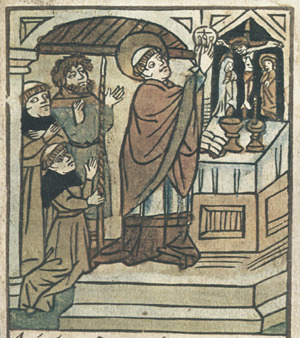
Something to understand about the Orders is, that they were not knights, who lived a monestary lifestyle, but rather monks, who were knighted. As such many of these knights would actually start out early as monks (again, back in those days teenagers and at times kids would already enter the monastery life for all sorts of different reasons), make their vows and then train in fighting to take up the mantle of the knight.
But as parts of those religious orders, they usually gave the three main monastic vows: A Vow of Poverty, a Vow of Chastity, and a Vow of Obedience. The one exception was the Order of Santiago, who did not give a vow of chastity and were in fact allowed to marry and have family.
And... I think that is it for now. This one turned out pretty darn long.
If you wanna know anything about the other knightly orders, just write a comment or let me know otherwise. I will... do a write down if there is any interest.
#castlevania#castlevania netflix#castlevania nocturne#castlevania mizrak#knights templar#knights hospitaller#crusades#knightly orders#christianity#medieval history
105 notes
·
View notes
Text

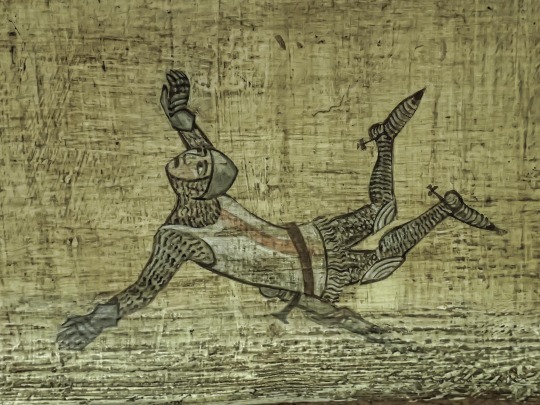

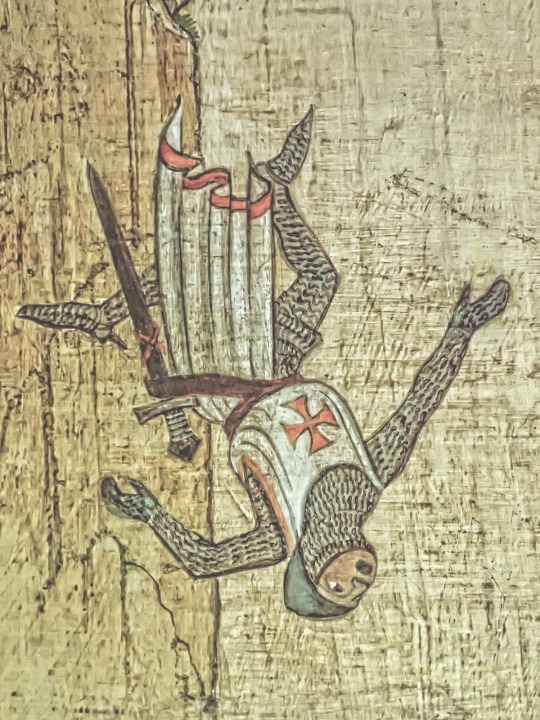
Knights attempting a Leap of Faith to reach the Holy Grail
— Indiana Jones and the Last Crusade (1989)
#knights#knight#holy grail#grail#graal#indiana jones#indiana jones and the last crusade#knights templar#medieval#middle ages#chivalry#art#crusades#crusaders#templars#templar#crusade#crusader#history#film#films#cinema#religion#arthurian#esoteric#christian#christianity#christendom#religious#chain mail
437 notes
·
View notes
Note
Your thoughts on The Battle of Montgisard?
Definitely one of those "once in a century" type events, imo.
There's quite a few YouTube video analyses/documentaries (and even attempts at various video game recreations) of the battle, so I won't repeat what you can easily find elsewhere.
But, suffice it to say, I think it was the combination of just the right factors that led to Baldwin's seemingly-impossible victory. These included (but are not limited to) the young king's own leadership skills, those of his commanders, Saladin's lack of preparation... and just plain old luck.😆
There's a quote from a user manual of an old RPG I used to play that says "Overconfidence can be an epitaph". This was very nearly proven true at Montgisard. Saladin's overconfidence, I think, was probably the biggest contributor to Baldwin's win. He thought he had Baldwin hemmed in at Ascalon, didn't think that the king would break past the force he left behind (or, at the very least, not that quickly), and let his army spread out too much. That plus the environmental conditions with the mired baggage train, and it became a recipe for disaster for Saladin - and a prime opportunity for Baldwin.
If you want a good laugh, there is an absolutely hilarious discussion of it here. BUT be warned that it is the kind of humor that is riddled with foul language, so if that's not your thing, beware. XD
#ask#reply#zomnommbie#battle of montgisard#king baldwin iv#baldwin iv#saladin#montgisard#the leper king#baldwin iv of jerusalem#crusades#kingdom of heaven#kingdom of heaven 2005#history#historical event
37 notes
·
View notes
Text
Here's a five min drawing/sketch of the Baldwin IV (in French: Baudouin IV) aka the Leper King of Jerusalem ✨️
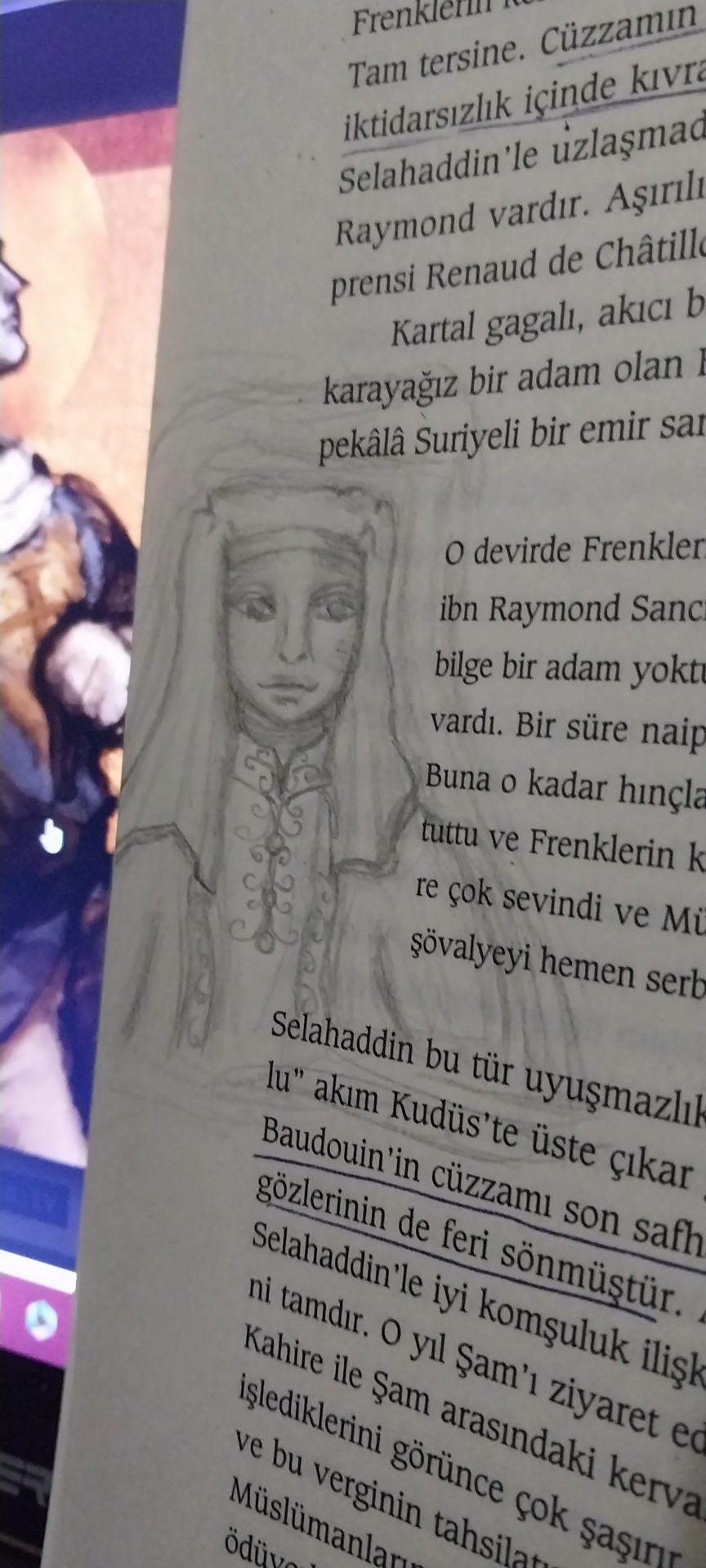


I had drawn it while I was reading the book "Les Croisades Vues Par les Arabes (Crusades from the eyes of Arabs) by Amin Maalouf. When I came to the part where the author mentioned about the Baldwin IV, I felt like I should draw him here as a quick sketch. I know it's not a masterpiece but here it is
Credit for the 1st pic (you can see behind my drawing) : @odlnus
#mood#artists on tumblr#art#tumblr#follow#artist support#illustration#king baldwin iv#baldwin iv#the leper king#leper king#jerusalem#kingdom of jerusalem#crusades#history#christian king#amin maalouf#sketches#quick drawing#kingdom of heaven#movie#Baldwin IV drawing#tumblr art#support artists#turkish
86 notes
·
View notes
Text
+ : Do we have terms?
- : we have terms...

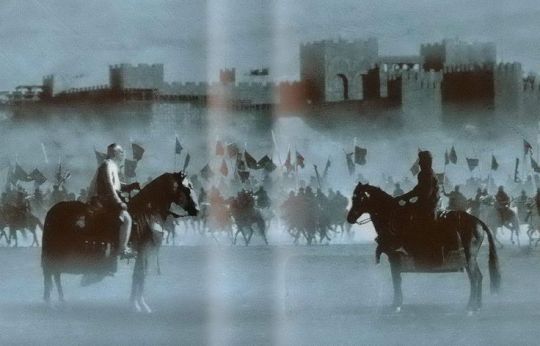
(Kingdom of heaven - 2005 )
#kingdom of heaven#king baldwin iv#baldwin iv#kingdom of heaven 2005#the leper king#fandom#artists on tumblr#saladin#crusader#kingdom of heaven fandom#history
46 notes
·
View notes
Text

Hersend (fl. 1249-1259) was a physician known for accompanying King Louis IX of France on the Seventh Crusade.
A skilled and trusted doctor
The document mentioning Hersend calls her magistra (the feminine form of magister, "master" or "teacher" in Latin), which could mean that she was university educated. This would be surprising since women technically couldn't attend universities at that time.
Hersend was a valued member of the royal household. A royal act dating from August 1250 promises her a lifelong pension of twelve Parisians deniers a day. Even if it can’t be known if she was the king’s personal physician, she likely took care of him during the expedition. Since Queen Margaret of Provence gave birth in 1250, Hersend could also have acted as a midwife.
Going back home
Hersend survived the dangers of the crusade (which saw the king captured and ransomed). She returned to Paris at the end of 1250, married an apothecary named Jacques and continued practice her profession. They bought a house together in 1259. Hersend was likely dead by 1299 and her house was bought by lady Pétronille, apothecary to the King of France.
Further reading:
"Hersende" - Les guerriers du Moyen-Âge
Kostick Conor, The Crusades and the Near East - Cultural histories
Le Goff Jacques, Saint Louis
Whaley L., Women and the Practice of Medical Care in Early Modern Europe, 1400-1800
#hersend#doctors#history#women in history#women's history#france#french history#13th century#middle ages#medieval women#medieval history#crusades#women in medicine
36 notes
·
View notes